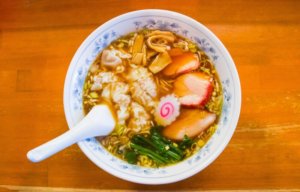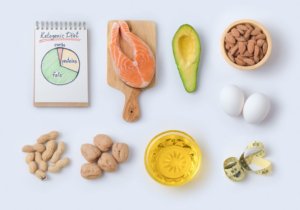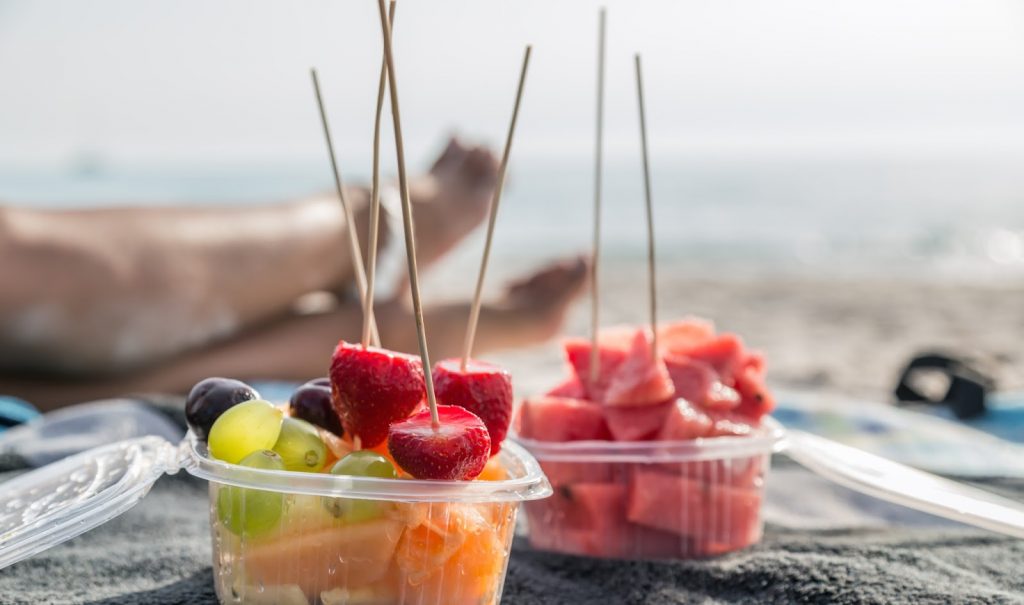
The arrival of summer means the beginning of holidays and days of rest for almost everyone, so much so that most people have already made their way to the holiday resorts to relieve the tiredness of winter. On the other hand, the start of summer is also a tremendous opportunity to make new decisions and put them into practice. While you may already be familiar with many of these recommendations if you have already adopted a healthy lifestyle, summer days require significant changes in diet due to high temperatures.
It can be a wonderful opportunity for you to continue with the 8 simple suggestions that I have compiled for you for the next three months, and to continue this diet in the winter. While everyone has turned to shock diets, from those who already imagine what it will look like on the beach to those who cannot get into the clothes they plan to wear due to winter weight, especially at graduations, in the summer, it will be more rational to develop a viable and long-term healthy diet, not to lose weight back in a short time and enjoy what you eat by turning to a healthy alternative to everything, rather than imposing prohibitions on yourself.
1) Get Hydrated.
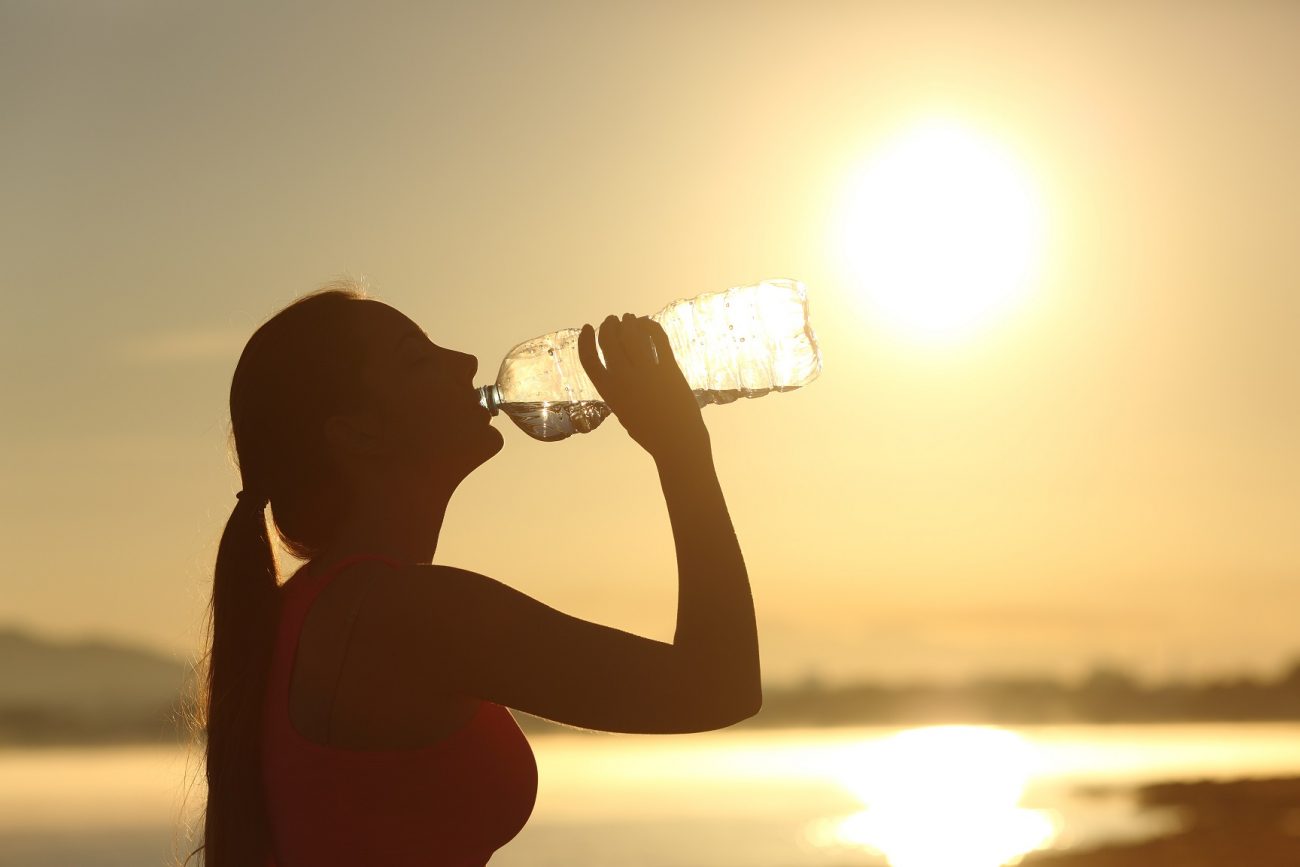
Fluid intake is the main point you need to pay attention to in summer. Experts underline that an adult man should consume a minimum of 13 glasses of fluid and an adult woman should consume 9 glasses of liquid, and they state that you can meet this need of your body not only by drinking but also through the foods you eat.
73% of the human brain consists of water, which means; If you do not take the necessary water into your body after exercising too much or in hot weather, your thinking and understanding abilities are directly affected. In one study, after 90 minutes of exercise, a high amount of shrinkage was observed in the meninges of the brains of adults examined so that the image was clear enough to resemble a sponge left to dry, the researchers noted.
In fact, even a 2% reduction in water weight in your body (that’s 1.3 kg for a 68-pound individual) can cause severe problems with your short-term memory, focus, and visual perception. Loss of sense of taste, dry mouth, and dizziness are just some of the remaining adverse effects.
So what should you do besides drink lots of water? Take care to consume more refreshing, fresh, and high-rated water products. Most fruits and vegetables consist of 80%-95% water, and watermelon, sesame, coconut, cucumber, mint, and fennel seeds are among the foods that will support you with their refreshing effects on summer days.
2) Save calories by grilling.
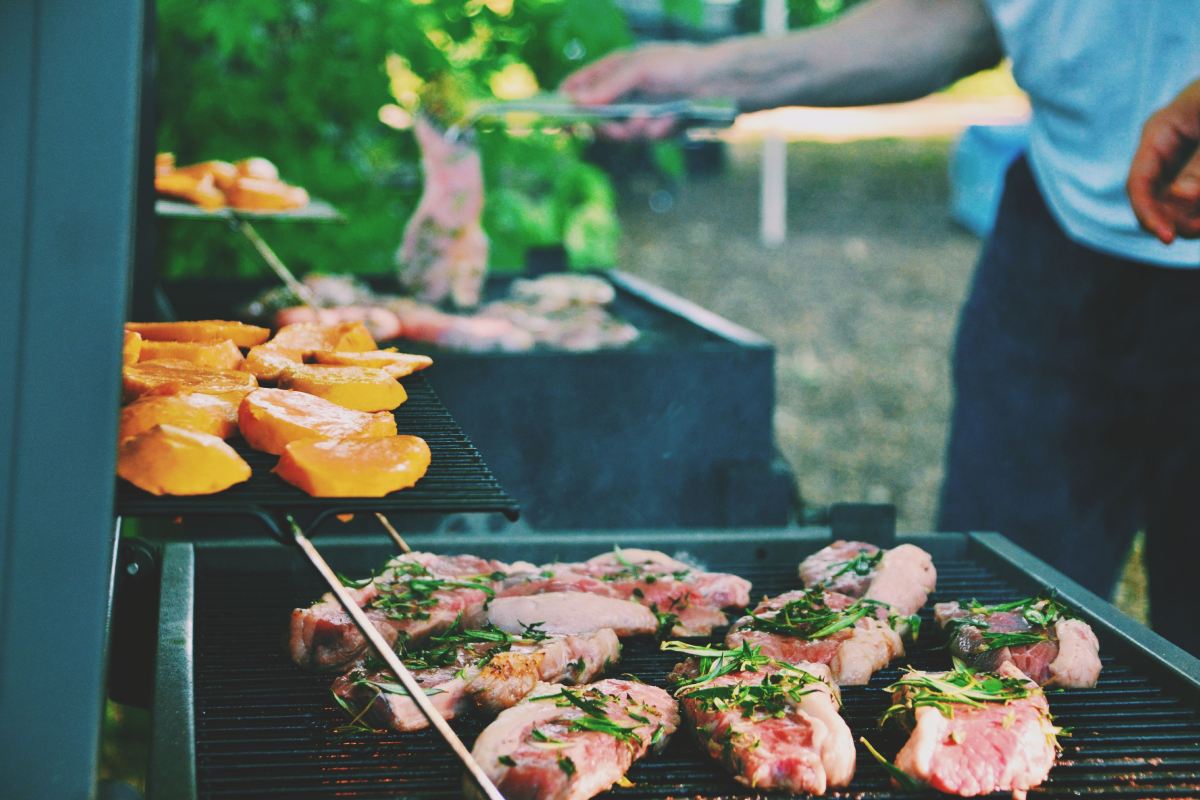
When it comes to cooking foods that are a source of protein, consuming meat, and other animal foods as a grill will save you calories as you do not add any spices or ingredients during cooking. Marinating meats in a light sauce and grilling them will also limit your extra fat intake because alternatives such as calorie-packed stews and casseroles in the winter months can put you at risk of gaining weight and even cholesterol even if you are not aware of it.
3) Enjoy summer vegetables and fruits.
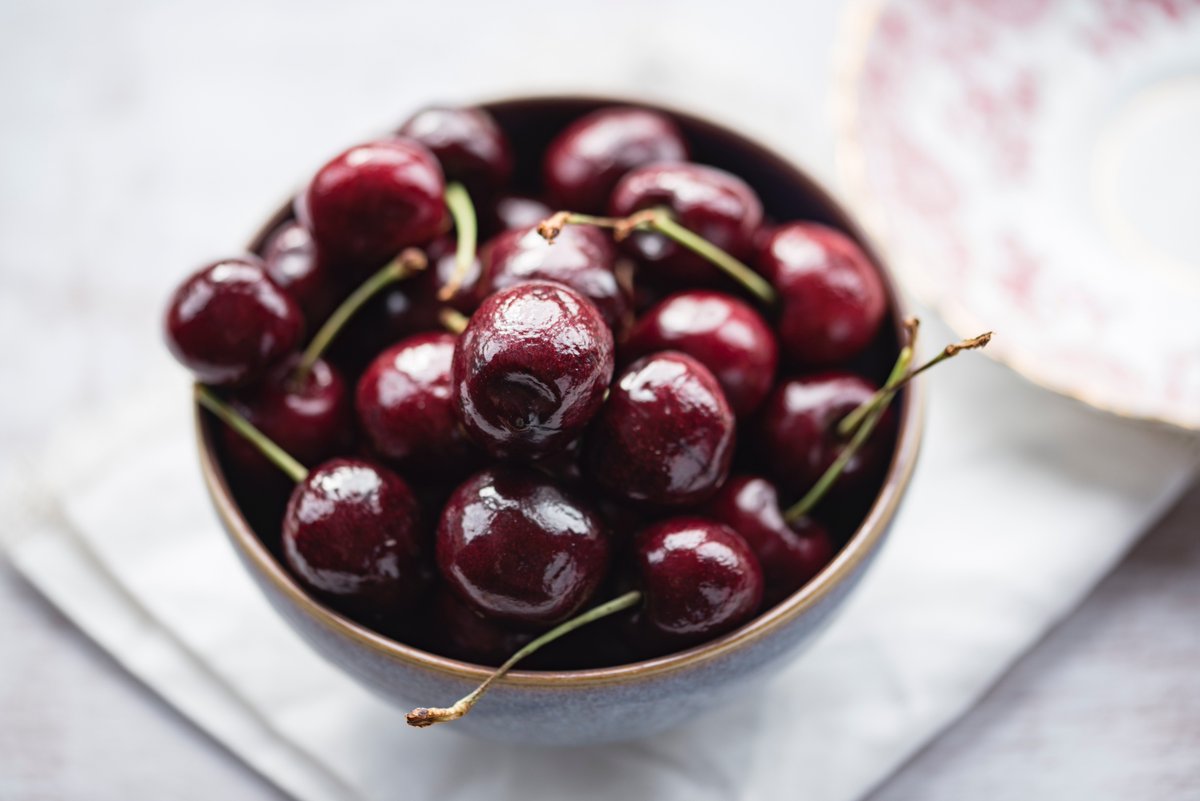
In the summer, the tables are colored with both vegetables for the summer and fruits, such as strawberries, cherries, watermelons, melons, and peaches, which are almost not liked by anyone. The good thing is, all these foods play a key role in terms of healthy nutrition in terms of their high water content, low calories, and long-term feeling of satiety due to their high volume. While 100 grams of strawberries are only 26 calories, the same amount of grapes is only 67, and cherry is 40 calories. Don’t miss out on your beach bag.
Interesting fact: Fruits rich in lycopene, such as grapefruit, apricot, and watermelon, protect your skin by preventing the effects of the sun’s harmful UV rays, thereby significantly reducing the risk of cancer.
4) Go for soft drinks, preferably freshly squeezed fruit juices to cold soft drinks, and above all: don’t drink your calories!
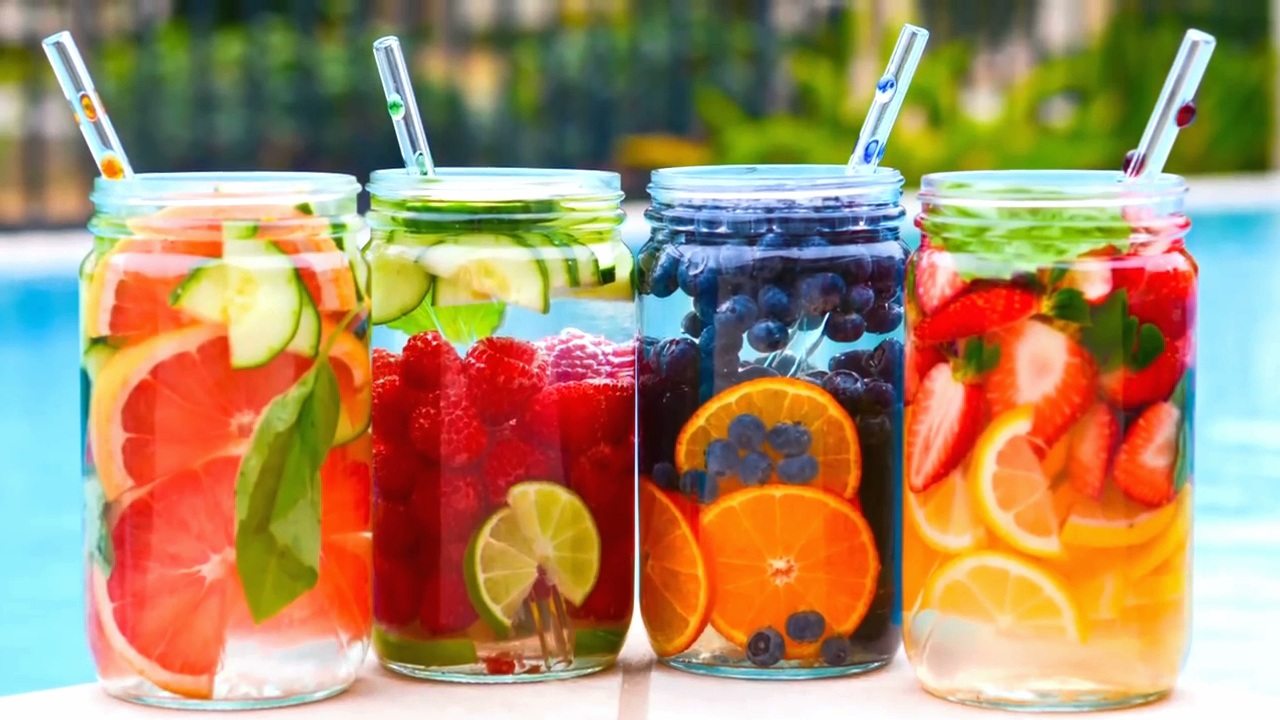
The amount of sugar and calories in your favorite summer drinks may surprise you if you’re first looking at the little nutritional value chart attached to the margins. Of course, it is essential to pay attention to what you eat for a healthy diet, but what you drink can sometimes have more impact than what you eat.
On hot summer days, when you are thirsty more often, you may be turning to cold beverages such as cola, soda, cold tea, energy drinks, and alcoholic cocktails that contain many times more calories and sugar than you can imagine. Still, these drinks can have a worse effect on your diet or healthy eating routine than a pack of chips. Keep in mind that you can. If you want to quench your heat with a beverage other than water, orange or melon juice (of course, they must be freshly squeezed) can be ideal alternatives. You can also prefer natural mineral water (unflavored) and alkaline waters and detox waters that you can prepare simply or that you can obtain from the markets recently.
Finally, about 44 milliliters of tequila (that’s a single shot) contains 104 calories, while a single Piña Colada has 650 calories (all from sugar), which is more than even a 540-calorie Big Mac menu. Make a note in the corner, and even if you are going to consume alcohol in the summer, turn to lower calorie options and stay away from cocktails with syrup.
5) Keep healthy snacks within reach.
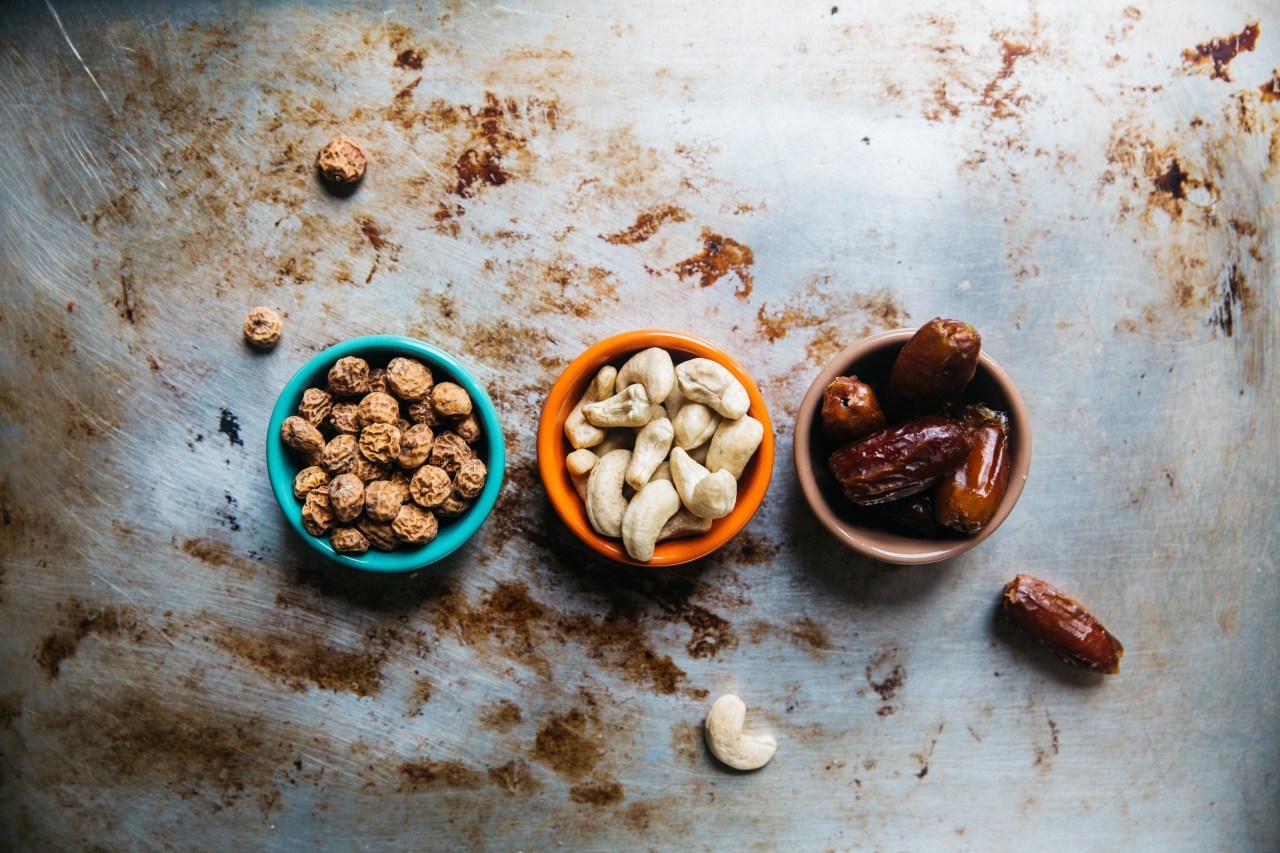
There is more to dinner, the weather is hot, and you want a snack. When you open the refrigerator, you see that the options before you are the fruits you need to wash and peel and the chocolate ice cream, where all you have to do is open the lid. Well, the choice you make may not be the healthy alternative. On the other hand, if you had previously peeled and chopped the fruits and put them in the refrigerator, and even prepared snacks that you could throw in your bag, taking into account their nutritional values and calories, you might not have any remorse for spoiling your diet by ingesting that ice cream.
What if you really crave ice cream? How about freezing your favorite fruits or making a refreshing smoothie from healthy homemade ice creams that you can find many different recipes on the Internet or by adding yogurt or milk?
Also, keep in mind: although nuts are great for incorporating their high fiber content and quality fats and carbohydrates into your diet, fresh fruits are your summer snack because they’re more filling and contain more water.
6) Go for light meals and reduce your portions.
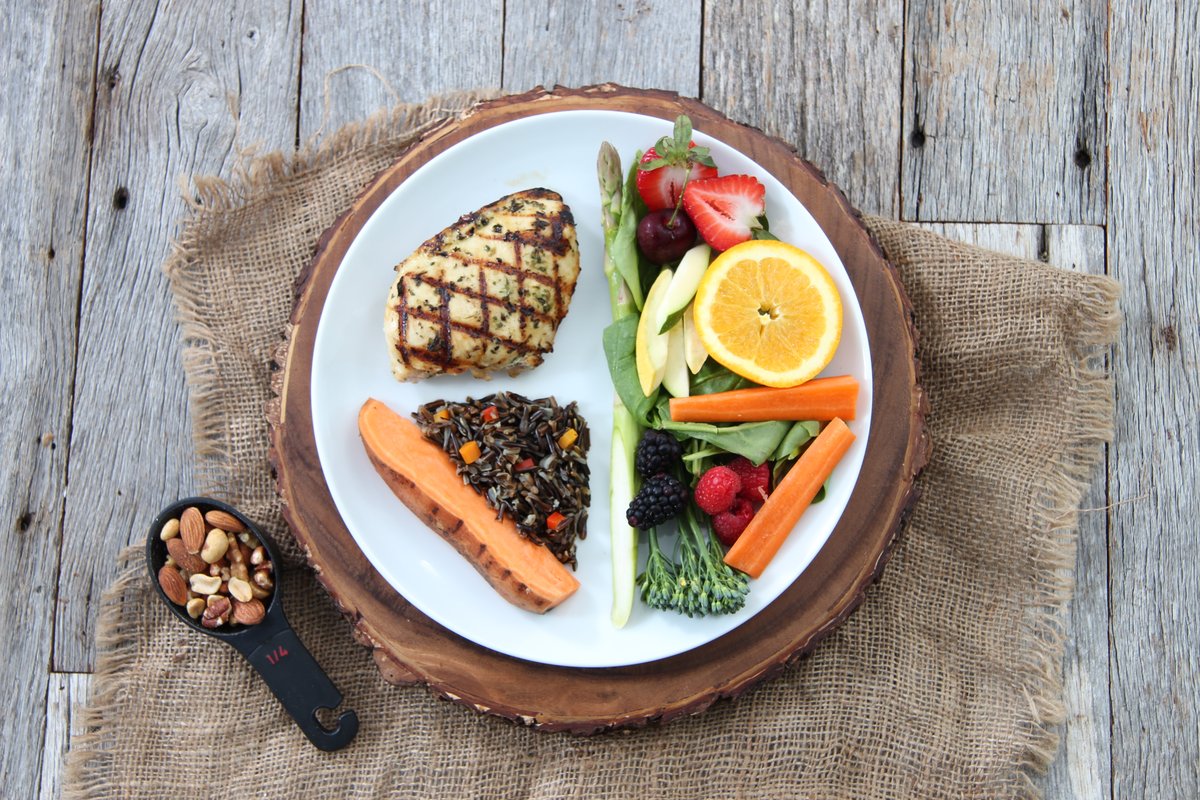
In the summer, it’s harder for your body to digest food, and the hot weather causes your stomach to absorb much fewer nutrients than it can in the winter. In addition to choosing light meals rather than heavy ones, reducing your portions will prevent you from experiencing stomach problems. If you have a strong appetite or feel unfulfilled after a meal, make it a habit to drink a glass of water before and after each meal.
7) Consume fibrous foods.
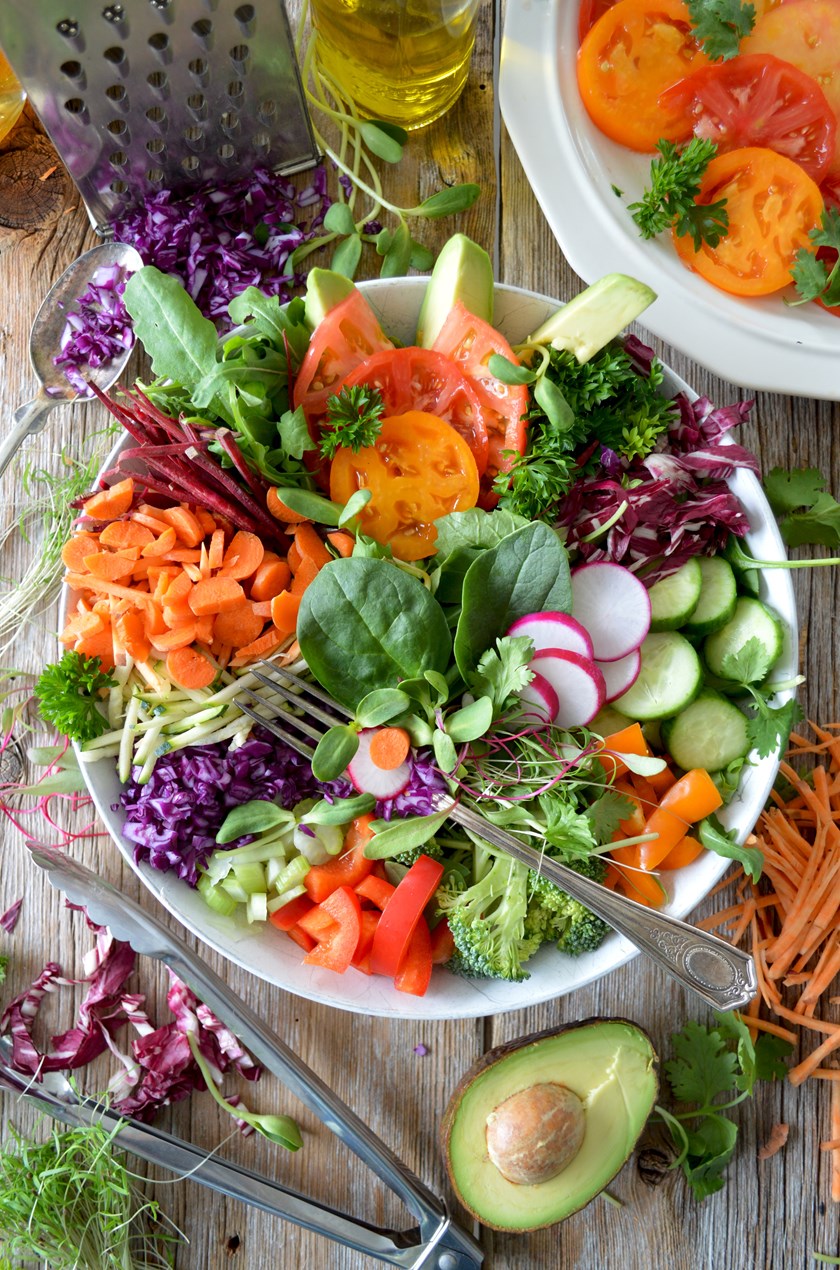
Fiber foods make you feel full and therefore eat less. Take care to consume 25-35 grams of fiber foods a day, which are naturally abundant in foods rich in vitamins and antioxidants and have proven effects against aging. You can distinguish these foods by their bright colors: spinach, tomatoes, avocados, zucchini, and fruits such as citrus fruits, blackberries, strawberries, and cherries are just some of the fiber foods that you should not miss to include in your daily diet.
So how can you include fibrous foods in your diet? Here are some tips that you can easily apply:
Start your day with high-fiber, complex carbohydrates: whole grains like oats, blackberry, and not white bran muffins, or multigrain bread with strawberry jam are ideal choices. You can also use whole grain bread to add a few grams of fiber to the sandwiches you prepare for snacking during the day, and you can enrich it with tomatoes, lettuce, onions, or grated carrots. Brown rice and quinoa, which you come across almost everywhere lately, are among the foods you can choose because of their high fiber content. Since cooking reduces the fiber content of foods, be sure to include raw vegetables and fruits on your plate at every meal. Finally, nuts and legumes, especially lentils, are among the foods that you should not miss in your main and snack meals, as they are very rich in fiber.
8) Don’t skip proteins.
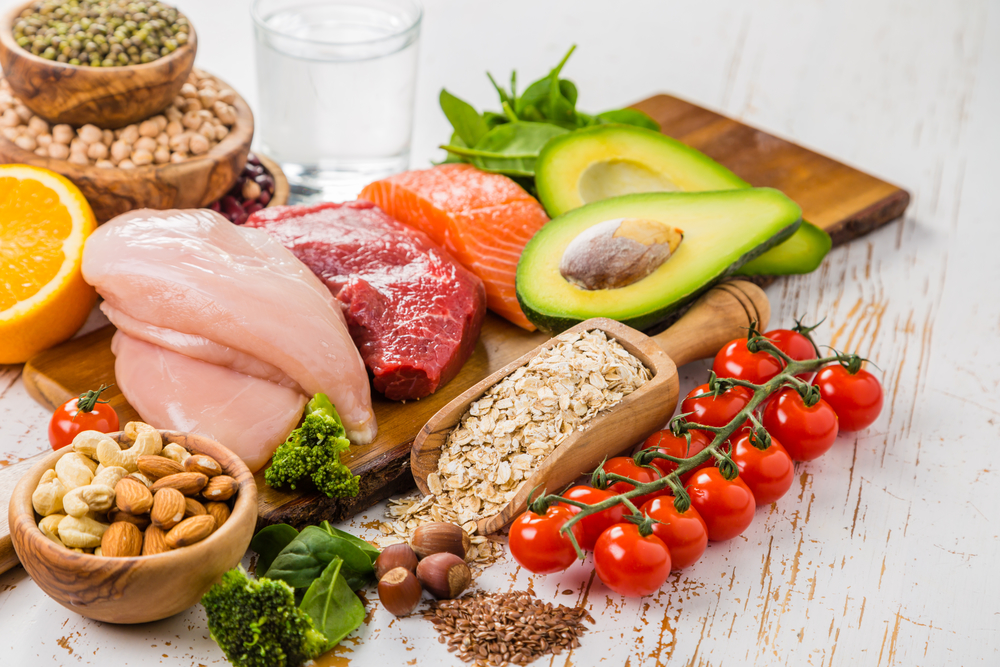
Do not neglect to consume a food with high protein content in every leading meal and snack because proteins are the main food group that plays a key role in burning fat and gaining muscle. Consuming any protein-containing food is indisputably the most basic condition for increasing your muscle ratio, especially after an intense exercise, such as swimming where you strain your muscles.
To increase the amount of protein you take, keep a few tips in mind:
In the summer, especially if you are on vacation, consuming seafood, which is easily accessible in many different varieties, will provide your body with plenty of omega 3 as well as protein, so you can make it a routine to eat fish at least twice a week.
Before turning to packaged foods or ready-made ice creams for snacks on hot summer days, remember that an ice-cold bowl of yogurt with fresh fruit, nuts, and oats is a snack/main meal option that is high in nutritional value and low in calories compared to junk food alternatives.
You may have heard how rich egg whites are in pure protein, but what you may not know is that it contains no fat and the white of a large egg contains precisely 4 grams of protein and only 17 calories!
Edamame, which you often come across in Far Eastern restaurants, is a perfect snack alternative and an excellent protein source. You can find it in the frozen product aisle in the markets, and all you have to do to consume it is soak it in boiling water for a few minutes.

